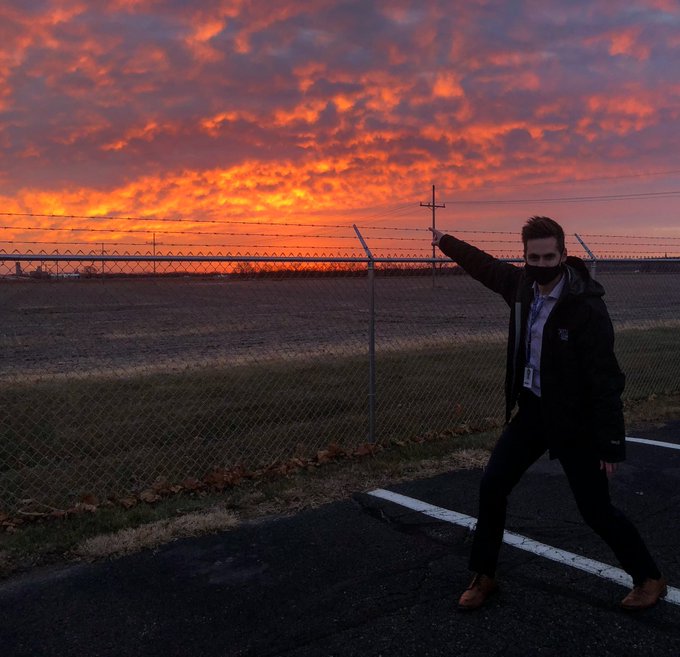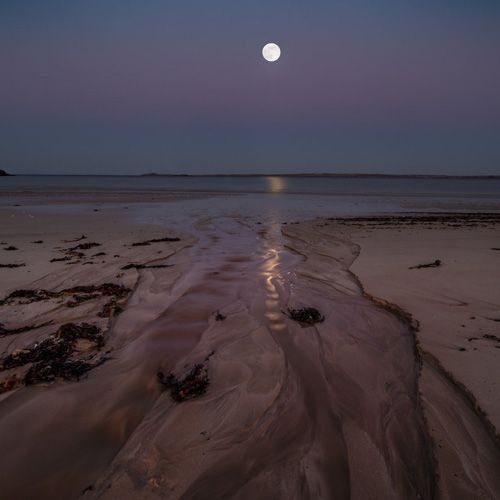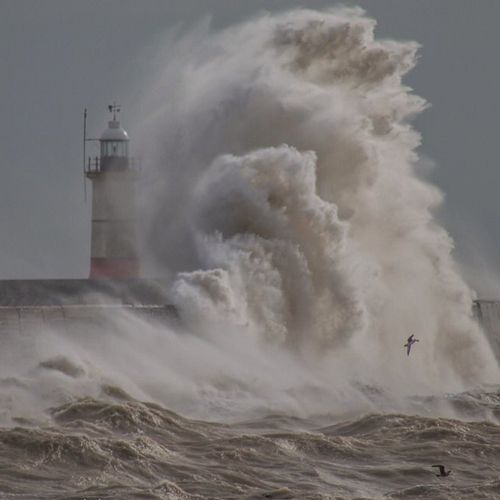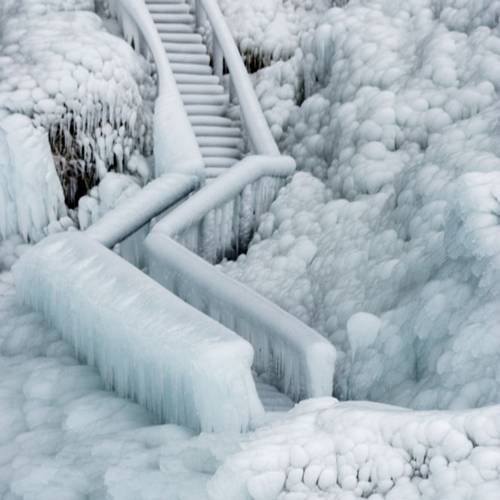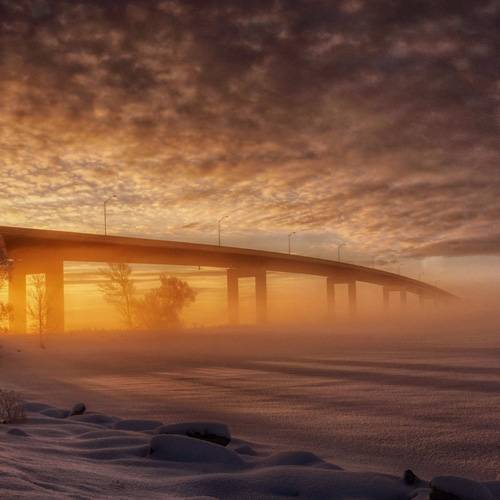Featured Meteorologist Ryan Matoush
Explore the world of severe weather with Ryan Matoush. Learn about his educational background, career, and what fascinates him about tornadoes.
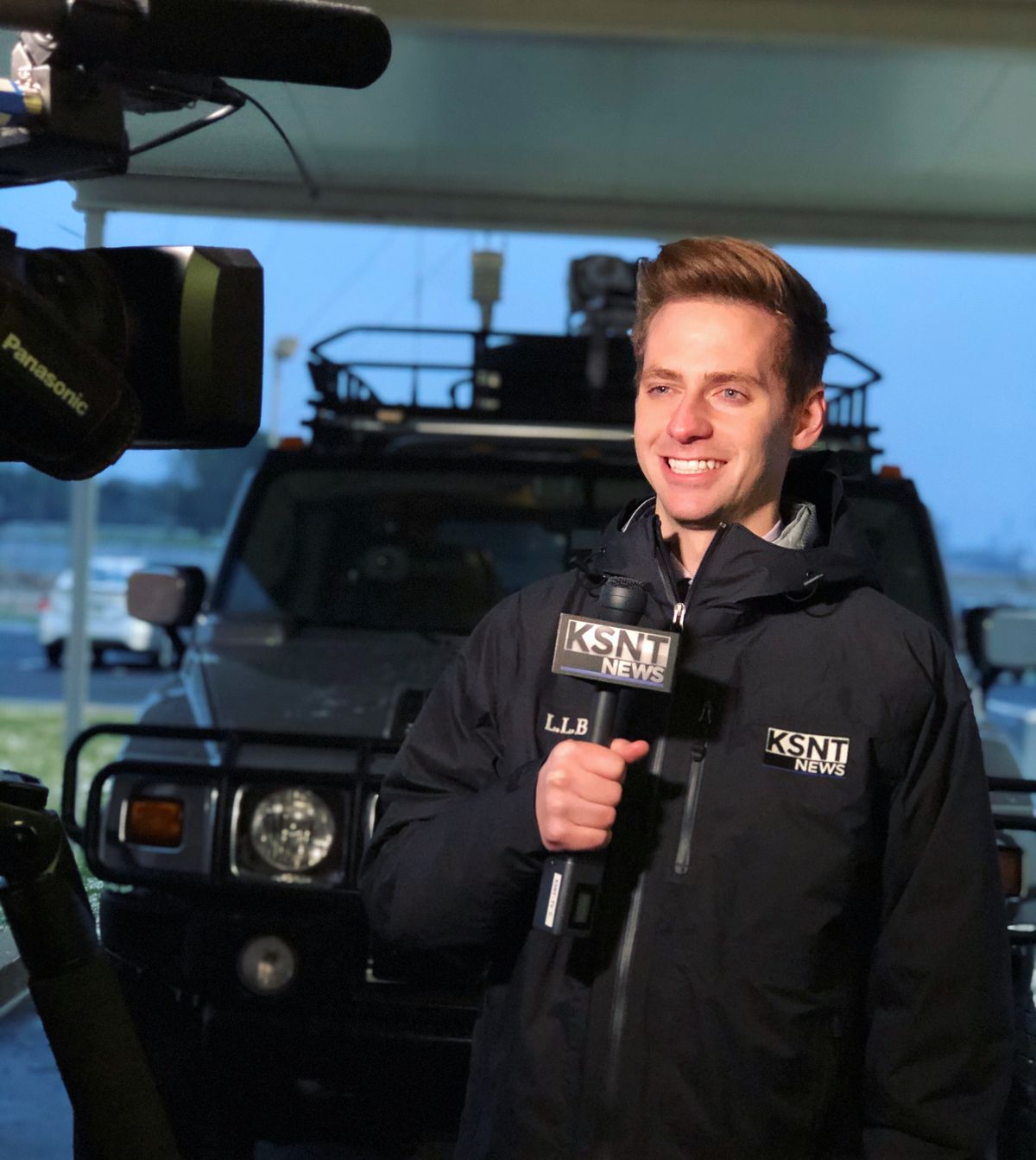
Q and A with Ryan Matoush, Meteorologist and MMJ working in Topeka, KS
Ryan Matoush was born and raised in Denver Colorado and completed his degree in Meteorology at MSU Denver in the Fall of 2018. He also received a minor in mathematics as a requirement with the degree. During his time in College, he found part-time work as a ‘learning assistant’. Ryan would use his free time to implement himself inside meteorology and math classes through this program and help students as much as possible.
After college Ryan spent about a year working as an Upper Air Observer for the National Weather Service. This was by far one of his favorite jobs as he got to release the weather balloons for the Boulder office. As cool as the job was, he would take the leap into broadcast meteorology soon after. His first market was Casper Wyoming where he stayed for about a year and made some incredible friends along the way. Then he found his way into Tornado Alley where he now works in Topeka Kansas.
You can follow Ryan on Twitter here or check out his portfolio
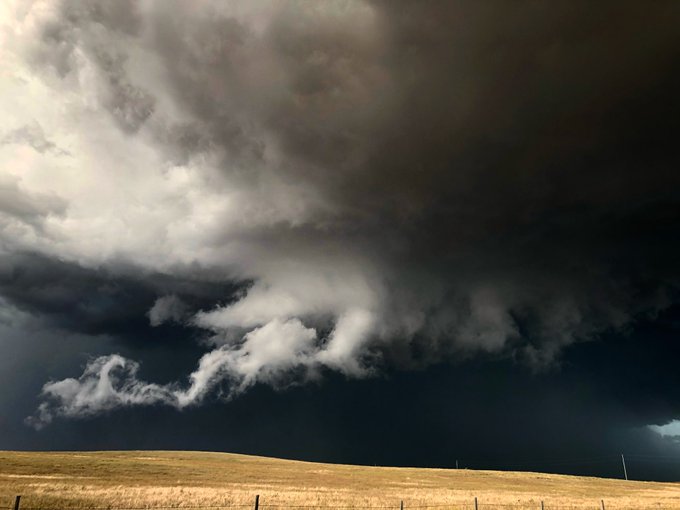
What was your most memorable weather event?
This is a tough one! There’s a lot of weather adventures to chose from, but I would have to go with being a part of the Denver Bomb Cyclone – March 2019. At the time I had just graduated with my degree in meteorology and I was working for the National Weather Service as an upper air observer (launching the weather balloons for Denver). Gathering upper air data for that record breaking system was crucial for forecasting purposes and observations. I remember arriving on site for the afternoon launch as the system reached peak intensity. The door to get inside had been completely iced shut. Several inches of snow had already fallen. And the winds… the blizzard conditions were just staggering. I had to thoroughly plan the lunch which meant a few things. I filled up the balloon with extra helium to achieve the necessary lift – as it would rapidly accumulate ice during its ascent. I also had to carefully plan the location and timing of the launch due to extreme surface wind gusts. And on top of all that, I had to use a special release technique that involved extra equipment. Letting the balloon go was extremely suspenseful but was ultimately successful due to careful timing. Being a part of such a historic event was an amazing feeling; and releasing that weather balloon in such extreme conditions is something I’ll truly never forget!
What is your favourite and least favourite type of weather?
My favorite type of weather is easily severe weather! The fact that we have such little control over something so powerful has always amazed me. Science has come a long way with forecasting and safety, but at the end of the day, there’s only so much you can do when Mother Nature is in control. My least favorite type of weather by far is ice. It’s hazardous for travel and just slows everything down.
If you weren’t a meteorologist, what would you most like to be?
There are two career paths I was highly considering before setting my sights on meteorology. The first one was a marine biologist. Marine life has always fascinated me and there’s so much that I could learn in that field (or ocean?). The other path was becoming a chiropractor. I think chiropractors have one of the most interesting jobs in today’s world. Every day is different and you get to help people. I am constantly cracking anything I know how to and would have loved to do it for a living. Perhaps I’ll return to school for it someday.
From a purely meteorological point of view, where would you most like to live?
I know everyone is going to have their own opinion on this one but for me, it has to be along with the front range of the Rocky Mountains. Denver Colorado is one of the most interesting places to live purely from a meteorological point of view. Having a 14,000-foot rock wall in your backyard makes for some really cool weather. It also makes it a challenging place to forecast for, but that’s half the fun in my opinion. The Denver Convergence Vorticity Zone (or DCVZ) is also a really neat mesoscale feature that can help play a part in tornado development in Colorado’s eastern plains.
Is there anything else you’d like to share?
My favorite type of precipitation is graupel and my favorite clouds have to be Mammatus! (Cirrocumulus clouds are a close second).
